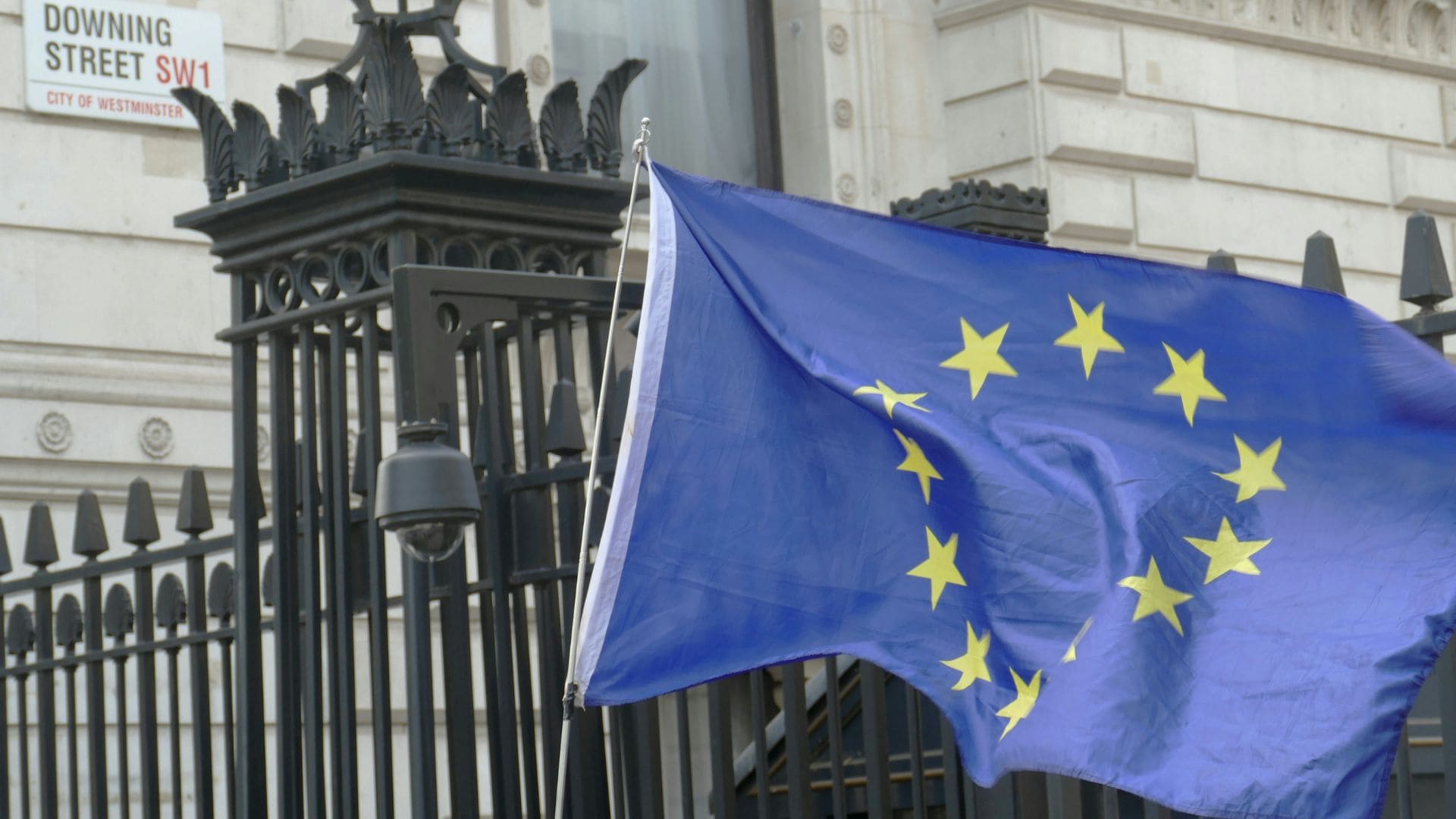Knowledge Hub
Intellectual Property Act 2014 – are we really one step closer to a Unified Patent Court?
May 2014
The first reading of the Intellectual Property Bill took place on 9 May 2013; it was then considered by UK Parliament between May 2013 and April 2014. It received Royal Assent on 14 May 2014 and became law as the Intellectual
Property Act 2014.
A key part of the Intellectual Property Act is the creation of new powers for the UK to implement the Unified Patent Court Agreement, but the time scales for this are still unclear. Whilst a statement from BIS states that the necessary measures are expected to be implemented by late 2015, even then, the UK still has the option of holding back its actual deposit of the UK’s instrument of ratification should it chose to. Deposit is the final formal requirement for ratification. For example, both Belgium and Malta have approved the UPC agreement, but not yet deposited their instruments of ratification. Given the lack of information regarding fees for the Unitary Patent and the Unitary Patent Court, it would seem unlikely for the UK to formally ratify before these are finalised.
The Intellectual Property Act also provides new protections for designers and clarification for businesses when protecting their designs. It also introduces a number of online services to help businesses better manage their intellectual property. The proposed provisions around criminal penalties for copying UK registered designs were proven to be the most controversial aspects during the consideration of the IP Bill by Parliament. The sanctions are now limited to the deliberate copying of a registered design; intentionally copying and commercially exploiting someone else’s registered design could result in a fine and a prison sentence of up to ten years.
The IP Act includes measures that the UKIPO hopes will:
- make it easier for business to understand what is protected under design law, in order to aid innovation and
make investment in the design sector safer and clearer - make design ownership clearer to encourage trade in design intangible assets and reduce costs for business
- strengthen design protection through the introduction of criminal penalties for copying UK registered
designs, helping designers enforce their rights
hgf.com/UPC - introduce a design rights opinions service with the aim of enabling more IP disputes to be settled without
resorting to expensive and time-consuming litigation - provide a power to implement the Unified Patent Court based in London. This will help to introduce a single patent system in almost all EU countries making it possible for British businesses to protect their inventions
across countries in a single patent. Any disputes about patents in the field of pharmaceuticals and life sciences will be held in the UK part of that court - allow the UK to share information on unpublished patent applications to help clear existing application backlogs and speed up clearance times at other patent offices.






























